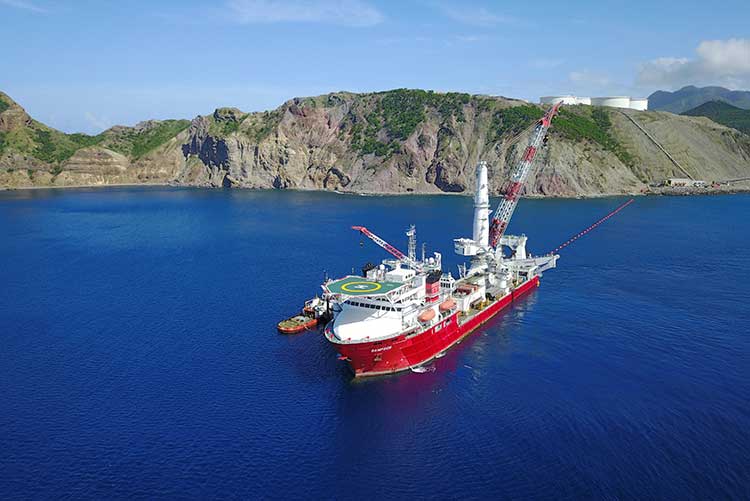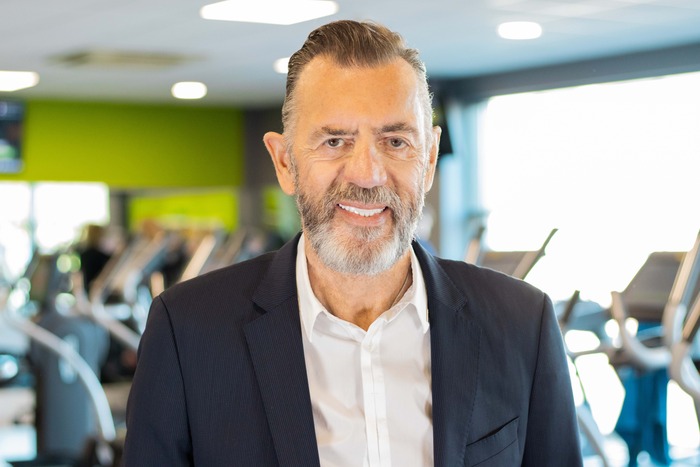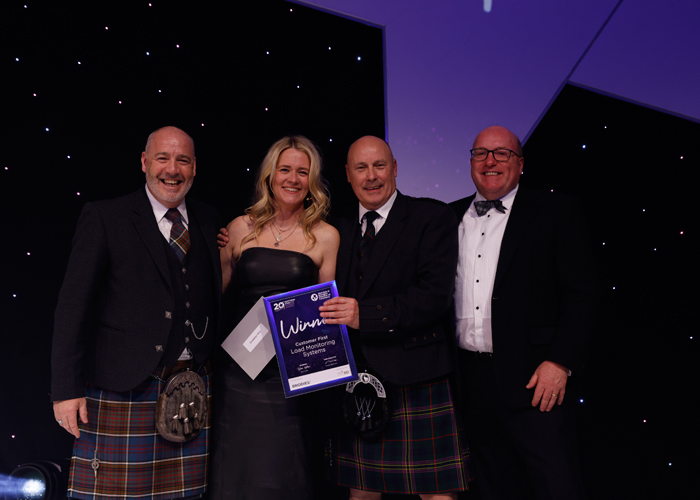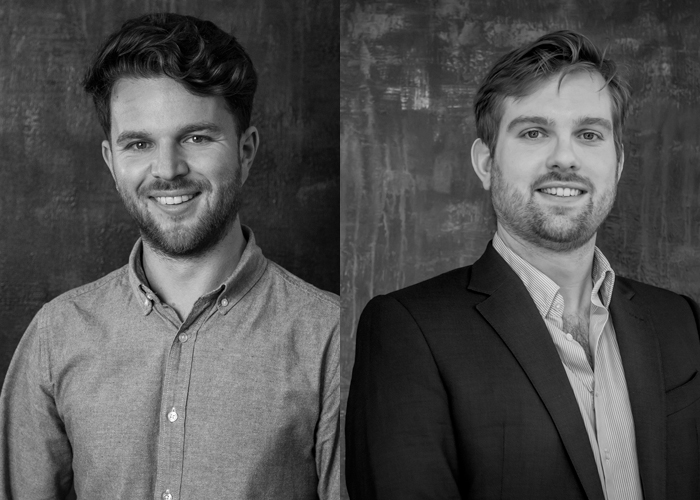What does your company do?
Cortez Subsea pioneers new ways to make pipelay and inspection quicker, safer and cleaner for the global energy industry. We collaborate with our partner companies to offer a fully integrated service from the spark of an idea through to the design and development of state-of-the-art technology, project planning and smart application in the field. Our services include the installation of rigid and flexible pipelines, the intervention of subsea pipelines and production systems and the inspection of subsea structures and pipelines.
I often refer to our ‘technology toolbox’ which includes our own designed and patented solutions as well as our group companies’ technology which we can deploy internationally. Together our group transforms the industry landscape for life-of-field pipeline installation and support with our own designed and patented solutions, state-of-the-art software packages and a fleet of the most advanced Remotely Operated Vehicles (ROVs).
What do you do there / what is your role?
I’m the Managing Director of the company and split my time between our two offices in Aberdeen and Kuala Lumpur. My focus is growth and development of the business as well as looking after the day-to-day commercial requirements.
What is your background?
I began my working career at the Rosyth naval shipyard serving my apprenticeship with the Ministry of Defence. Once this was complete, I spent two years on a working holiday visa in Australia. While playing rugby over there in Perth, I got my first job in the subsea industry through some of my teammates who were working for an Australian ROV company, Sonsub, which is now owned by Saipem. I then moved to Singapore and worked for a number of years in the region before heading back to Scotland in the mid-90s and continued to work offshore in the UK. I came onshore in 1998 to take on a role with Kvaerner Oilfield Products and thereafter worked for Saipem. In 2005, I co-formed TSMarine and was CEO until 2009. We focused on subsea decommissioning and well intervention in the oil and gas sector, operated globally and expanded into Asia Pacific and West Africa. In 2009, TSMarine’s UK business was sold to Marine Subsea AS and the Asia Pacific business to Champ Private Equity. In 2011 I decided to form my second company, Cortez Subsea.
If you started the company, what was the aha moment that led to the company founding?
I just wanted to keep working for myself and doing what I knew. I came up with the name for the company while on holiday in Cabo San Lucas in Mexico, fishing on the Sea of Cortez. I wanted it to stand out yet reflect the business.
Why did you launch the company (if appropriate)?
I saw an opportunity for a service based on the experience I had with other companies. I recognised a gap in the market to take existing technology, adapt it and push it into the marketplace. It was about recognising what the sector needed and going for it, pulling it together and building on it. We are about developing technology and bringing in new technology and ideas to provide a service. It’s a new way of doing things. It has been recognised, particularly since the energy downturn, that collaboration and new technology is essential to unlock new projects and generate sustainable returns. This is what Cortez is all about, working together and forming genuine partnerships to enable new technology and solutions.
Give us a brief history of the growth of the company
Cortez Subsea was established in 2010 and achieved turnover of over £2million in 2012 when we moved to a new office facility to accommodate a larger team. We had a big appetite for further growth which continues today. Inevitably, with the downturn in oil and gas, our business has suffered, and we went through a period of subdued activity. But with the market showing signs of recovery, offshore projects are being sanctioned globally and we have visibility of a number of exciting projects. In Q1 this year we more than doubled our team across Aberdeen and Kuala Lumpur (KL) and we now have a team of 50 after being awarded a contract to lay the first ever subsea pipeline using mechanical connectors offshore Malaysia.
Have you taken any external funding? If so from who and when?
I self-funded the business in 2010. In 2018, DeepTech Oil Services, with whom we have collaborated and partnered with for a number of years invested in Cortez. Together, and with DeepTech’s sister company MCS, we can offer life-of-field pipeline installation and support.
What’s the difference between when you started and now in your marketplace?
The market as we knew it in 2011 to 2014 does not exist anymore, those that think the sector will recover back to the way things were then are kidding themselves. Technology now plays a huge part in the energy sector and specifically subsea. We aim to be part of this technology growth and to make a difference by deploying our technology and enable the continued cost reduction required to sustain our own and our customers’ businesses in the oil and gas sector.
What is your target market – Who is buying your product / service?
We are selling to operators and primary subsea contractors. We can provide both parties with cost effective equipment and technology to support their offshore operations from production start-up to decommissioning.
What are your goals for your business?
- To deliver on our promise of services which are quicker, safer and cleaner and see repeat business from our clients.
- To maintain successful and sustainable business growth and financial stability.
- To exceed expectations in safety and cultivate a positive company culture.
What are your biggest current challenges?
We have the technology to make pipelay and inspection quicker, safer and cleaner but the reaction to technology advancements has been interesting to observe over the years. It can vary from reluctance to be an early adopter through to all-absorbing, depending on the product and application. The preferred position for companies is ‘first, fastest follower’, indicating an aversion to be the first.
What has been the biggest challenge so far?
There tends to be a set number of ‘gates’ that developers and sponsors of new technology go through as a product is applied. Funding is one of the first challenges companies face. This can be very difficult to obtain, especially if the technology is being independently developed. In many new technology cases, it will cost more than budgeted. Once a prototype has been created, it must be verified to check it has been designed in accordance with industry, regulatory and legislative standards. An independent body is usually appointed to verify these standards are met. This can be very time consuming and costly process which can become a barrier to enter the product into the marketplace. Knowing the market and being able to bring the technology in at the appropriate time to maximise the investment return is critical to success. In most cases, there is a third party trying to develop similar technology and bring into production. The race is on to do it better, quicker and cheaper.
What do you do outside work?
I enjoy sailing with the family and doing a spot of fishing in warmer climates. I also support local youth rugby and spend a bit time at Scotstoun and Murrayfield supporting both Glasgow Warriors and Scotland.
What do you know now that you wished you had known earlier?
Hindsight is a wonderful thing so everything…but we can’t.
What’s the secret to good leadership?
Fostering a good company culture and having the ability to adapt to international cultures and conventions too. You need to trust your people as experts in their field and have the ability to listen but offer guidance and get into the nitty gritty detail when required.
Where do you see the company in five years?
We want to see our business make a difference in the subsea oil and gas and renewables sectors. Delivering on what we say we do and how we do it and to make sure it’s all done safely.
How can the Scottish startup/entrepreneur landscape be improved to help more businesses start up and grow?
The landscape has improved yet more can always be done. SME’s, start-ups and entrepreneurs are the backbone of business and yet they do seem to find it hardest to access governmental, banking and private investment support. This has to improve to allow them to give it a good go and succeed here in Scotland.





